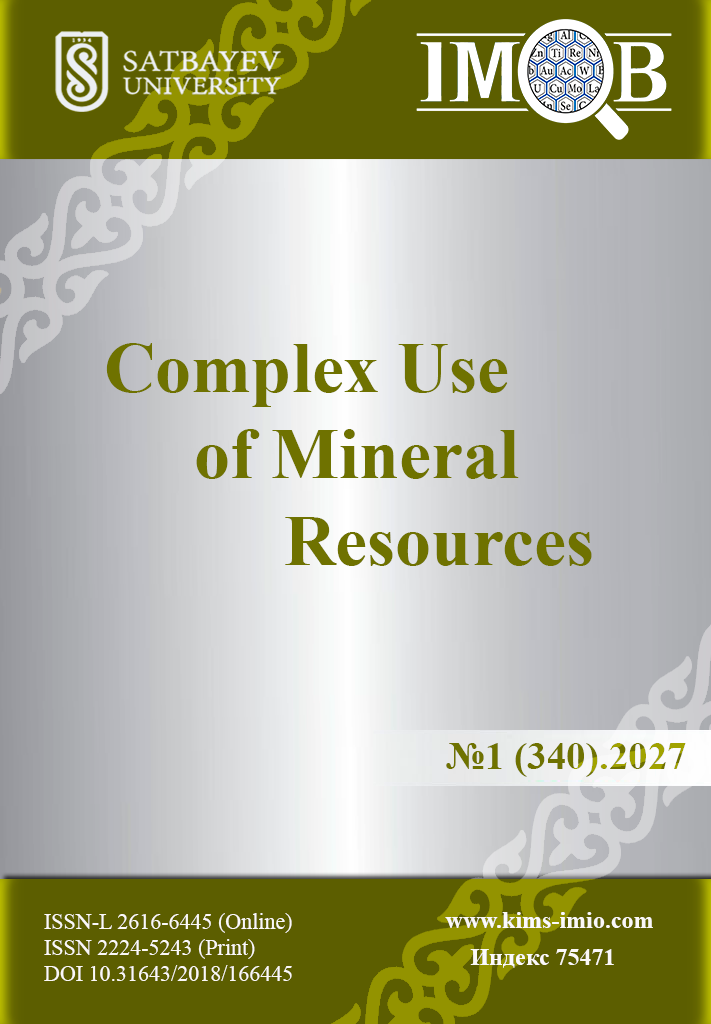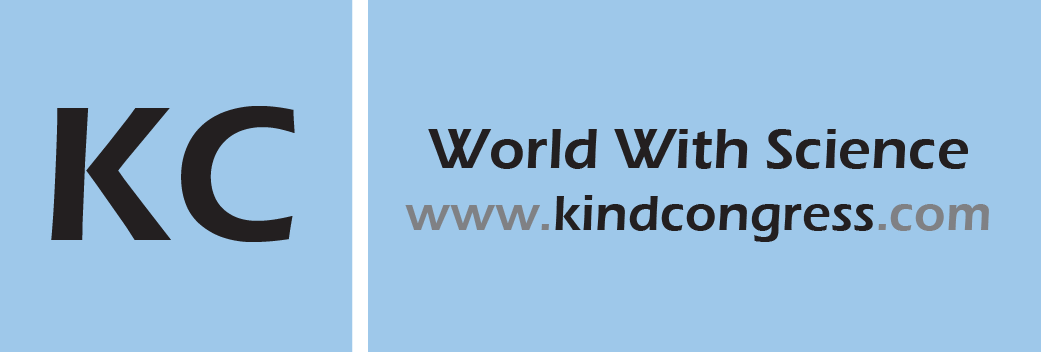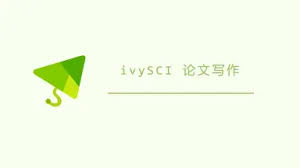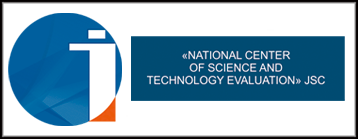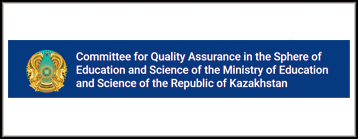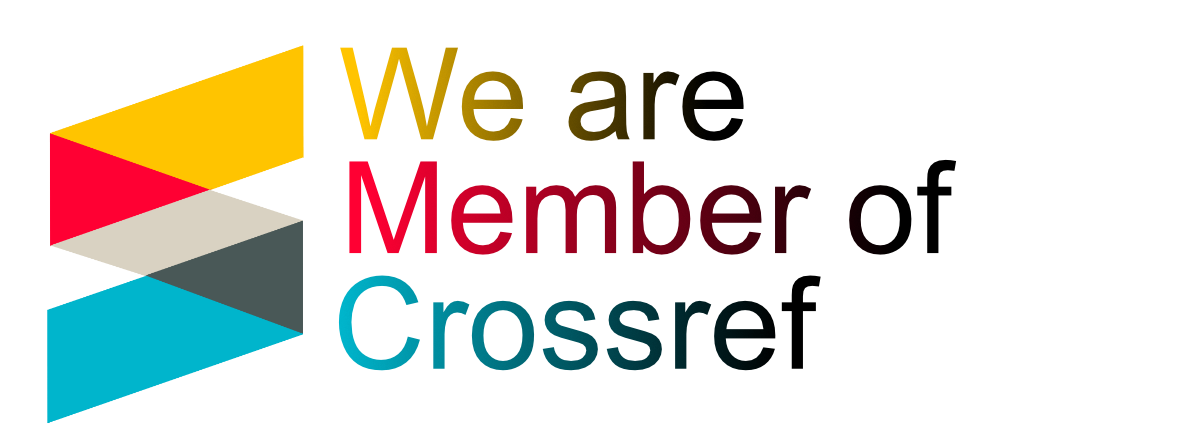Effect of multicomponent mineral additives on the microstructure and strength of composite cement
DOI:
https://doi.org/10.31643/2027/6445.05Keywords:
Thermally activated additives, clinker reduction, sustainable construction materials, cement hydration, hybrid mineral additives, composite Portland cement.Abstract
In the face of growing environmental and energy challenges, the cement industry is shifting towards the use of composite Portland cements containing hybrid mineral additives to reduce clinker consumption and CO₂ emissions. This study investigates the pozzolanic activity and hydration behavior of thermally activated aluminosilicate additives (TAFM), quartz-feldspar sand, apobasalt-orthoshale (APO), and limestone. The chemical composition and calcium oxide binding capacity of each component were examined using the lime saturation method. Results showed that TAFM exhibits the highest pozzolanic reactivity, significantly binding free lime (CaO), followed by APO and limestone. Composite cement mixtures were formulated according to GOST 31108–2020 standards, incorporating 20% hybrid additives. Mechanical tests revealed that such compositions improve long-term compressive and flexural strength, early setting times, and structural density. In particular, the combination of TAFM, APO, and limestone showed synergistic effects in enhancing hydration kinetics and final performance. The findings support the feasibility of using local mineral resources as effective components in sustainable cement production and highlight the benefits of hybrid additives in reducing clinker demand while improving mechanical and durability characteristics of cementitious composites.
Downloads
References
Scrivener KL, John VM, & Gartner EM. Eco-efficient cements: Potential, economically viable solutions for a low-CO₂ cement-based materials industry. Cement and Concrete Research. 2018; 114:2-26. https://doi.org/10.1016/j.cemconres.2018.03.015
Gartner E, & Hirao H. A review of alternative approaches to the reduction of CO₂ emissions associated with the manufacture of the binder phase in concrete. Cement and Concrete Research. 2015; 78:126-142. https://doi.org/10.1016/j.cemconres.2015.04.012
Juenger MCG, Snellings R, & Bernal SA. Supplementary cementitious materials: New sources, characterization, and performance insights. Cement and Concrete Research. 2019; 122:257-273.
Habert G, d’Espinose de Lacaillerie JB, & Roussel N. An environmental evaluation of geopolymer based concrete production: Reviewing current research trends. Journal of Cleaner Production. 2011; 19(11):1229-1238. https://doi.org/10.1016/j.jclepro.2011.03.012
GOST 31108–2003. Sementi obshestroitelnie. Texnicheskie usloviya. [Cement for general construction. Specifications. Moscow: Gosstandart of Russia. 2003. (in Russ.).
Taylor HFW. Cement Chemistry (2nd ed.). London: Thomas Telford Publishing. 1997.
Hewlett PC. (Ed.). Lea's Chemistry of Cement and Concrete (4th ed.). Oxford: Butterworth-Heinemann. 2004.
Mehta PK, & Monteiro PJM. Concrete: Microstructure, Properties, and Materials (4th ed.). New York: McGraw-Hill Education. 2014.
Juenger MCG, & Siddique R. Recent advances in understanding the role of supplementary cementitious materials in concrete. Cement and Concrete Research. 2015; 78:71-80. https://doi.org/10.1016/j.cemconres.2015.03.018
Snellings R, Mertens G, & Elsen J. Supplementary cementitious materials. Reviews in Mineralogy and Geochemistry. 2012; 74(1):211-278. https://doi.org/10.2138/rmg.2012.74.6
Mo L, Zhang F, Deng M, & Liu F. Effects of limestone powder on the hydration and microstructure development of cement-based materials. Construction and Building Materials. 2017; 152:471-478.
Antoni M, Rossen J, Martirena F, & Scrivener K. Cement substitution by a combination of metakaolin and limestone. Cement and Concrete Research. 2012; 42(12):1579-1589. httPC://doi.org/10.1016/j.cemconres.2012.09.006
Shi C, Krivenko PV, & Roy DM. Alkali-activated cements and concretes. Boca Raton, FL: Taylor & Francis. 2006.
Iskandarova MI, Atabaev FB, & Khadzhiev AS. Utilization of natural silicate rocks to reduce the carbon footprint in the cement industry. Kompleksnoe Ispolzovanie Mineralnogo Syra. 2026; 338(3):40-50. https://doi.org/10.31643/2026/6445.27
Khadzhiev A, Atabaev F, & Tursunova G. Influence of sandstone on physical and chemical processes of interaction of components and genetic formation of cement composite. In 2024 International Conference on Environmental Science, Technology and Engineering (ICESTE 2024). E3S Web of Conferences. 2024, 563. Article 02027. https://doi.org/10.1051/e3sconf/202456302027
Mindess S, Young JF, & Darwin D. Concrete (2nd ed.). Upper Saddle River, NJ: Prentice Hall. 2003.
Wild S, Khatib JM, & Jones A. Relative strength, pozzolanic activity and cement hydration in superplasticised metakaolin concrete. Cement and Concrete Research. 1996; 26(10):1537-1544. httPC://doi.org/10.1016/0008-8846(96)00148-2
Ben Haha M, Lothenbach B, Le Saout G, & Winnefeld F. Influence of slag chemistry on the hydration of alkali-activated blast-furnace slag—Part I: Effect of MgO. Cement and Concrete Research. 2011; 41(9):955-963. httPC://doi.org/10.1016/j.cemconres.2011.05.002
Matschei T, Lothenbach B, & Glasser FP. The role of calcium carbonate in cement hydration. Cement and Concrete Research. 2007; 37(4):551-558. httPC://doi.org/10.1016/j.cemconres.2006.10.013
Iskandarova M, Atabaev F, Tursunova G, Tursunov Z, Khadzhiev A, Atashev E, Berdimurodov E, Wan Nik W M N B, Rashidova K, & Demir M. Composite Portland cements: Innovations and future directions in cement technology. Innovative Infrastructure Solutions. 2025; 10(6). Article 249. https://doi.org/10.1007/s41062-025-02067-x
Khadzhiev A, Atabaev F, Jumaniyozov A, & Yakubov Y. Study on pozzolanic activity of porphyrites of the Karatau deposit. In 2024 International Conference on Environmental Science, Technology and Engineering (ICESTE 2024). E3S Web of Conferences. 2024, 563. Article 02029. https://doi.org/10.1051/e3sconf/202456302029
Kakali G, Tsivilis S, Aggeli E, & Bati M. Hydration products of C3A, C3S and Portland cement in the presence of CaCO₃. Cement and Concrete Research. 2000; 30(7):1073-1077. httPC://doi.org/10.1016/S0008-8846(00)00292-9
Mo L, Deng M, & Tang M. Effects of calcite and calcined-clay on the hydration and strength development of Portland cement. Construction and Building Materials. 2010; 24(6):884-889. httPC://doi.org/10.1016/j.conbuildmat.2009.12.013
Neville AM. Properties of concrete (5th ed.). Harlow: Pearson Education. 2011.
Downloads
Published
How to Cite
Issue
Section
License
Copyright (c) 2025 F.B. Atabaev, M.Kh. Aripova, A.Sh. Khadzhiev, G.R. Tursunova, Z.R. Tursunov

This work is licensed under a Creative Commons Attribution 4.0 International License.

